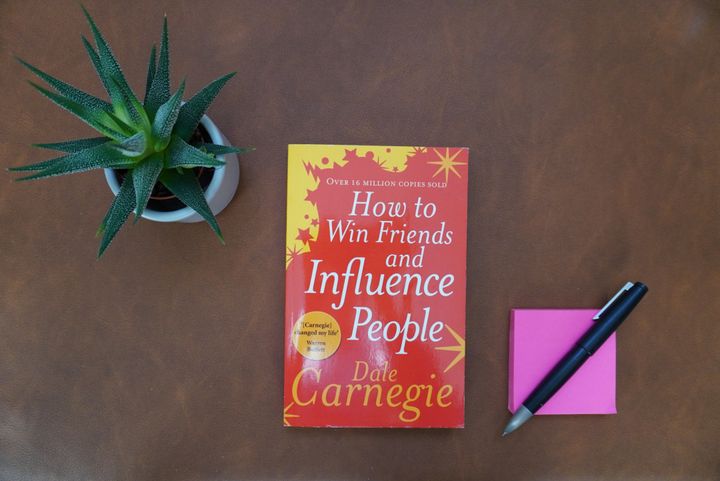Book Review & Summary: 'Start With Why' by Simon Sinek.
Simon's TED Talk 'How great leaders inspire action' has amassed over 60 million views and provides viewers with a simple concept - start with why.

“People don’t buy what you do, they buy why you do it.” - Simon Sinek
Simon's TED Talk 'How great leaders inspire action' has amassed over 60 million views and provides viewers with a simple concept - start with why. Using his theory of the Golden Circle shows that by starting with Why instead of What or How we can allow people to assign their values and beliefs against a product or cause. Starting with Why shows that great leaders inspire action rather than manipulating people to act.
Why = your purpose. What is the cause? What do you believe?
How = your process. Specific actions to realise your Why. For example 'we offer a different value proposition than our competitor'.
What = your result. What you do. The result of Why. Every company in the world knows What they do, but it may not be able to communicate Why.
The What part of our brain centres on the neo-cortex which controls our rational thoughts and language. It can look at facts and numbers but doesn't drive our behaviour.
The How and Why are controlled by the limbic part of the brain which deals with our feelings, trust and loyalty. This part of the brain drives our decision making process and behaviours.

For example, Simon uses the invention of the MP3 player to show the importance of Why. Creative had the upper hand in creating the first MP3 players but their advertising centred around what the product was; a "5gb mp3 player". But why would somebody want one? That is what Apple started by giving them First Mover Advantage by stating that the IPod could provide "1000 songs in your pocket". Creative should have had First Mover Advantage in the MP3 market with their product, but they needed to communicate the Why before the What. You can also compare Apple to other computer manufacturers like Dell. Dell is known for what they do, computers, but if they tried to branch out to other products it would be hard to red-define their why. Apple however is known as an innovator so they can try out different products; their customers know there will be a reason why Apple has launched it and are more likely to buy into it.
Simon also looks at the types of people that make up How and Why. Often a Why person is a dreamer with big ideas. On their own, they may never get around to creating the What because they are not sure How to get there. Hows on the other hand are good at providing the What but will lack the Why factor that could properly move the company forward. A How on their own could create a profitable company, but pair them with a Why person and that is what will make a company stand out from the crowd. The Why can create the company's vision whereas the How can create the mission statement for getting the What created. These types of leaders generally have defined roles within the company.
Final thoughts
Simon discusses competition and how we always compete with other people and companies. He advises however that first, we should look to compete with ourselves, shifting our focus to becoming that little bit better every day. In order to do this we must know our Why, by understanding our values and vision we can compete against ourselves and sustain our beliefs.
I would recommend starting with the TED Talk and then moving on to the book.



Comments ()